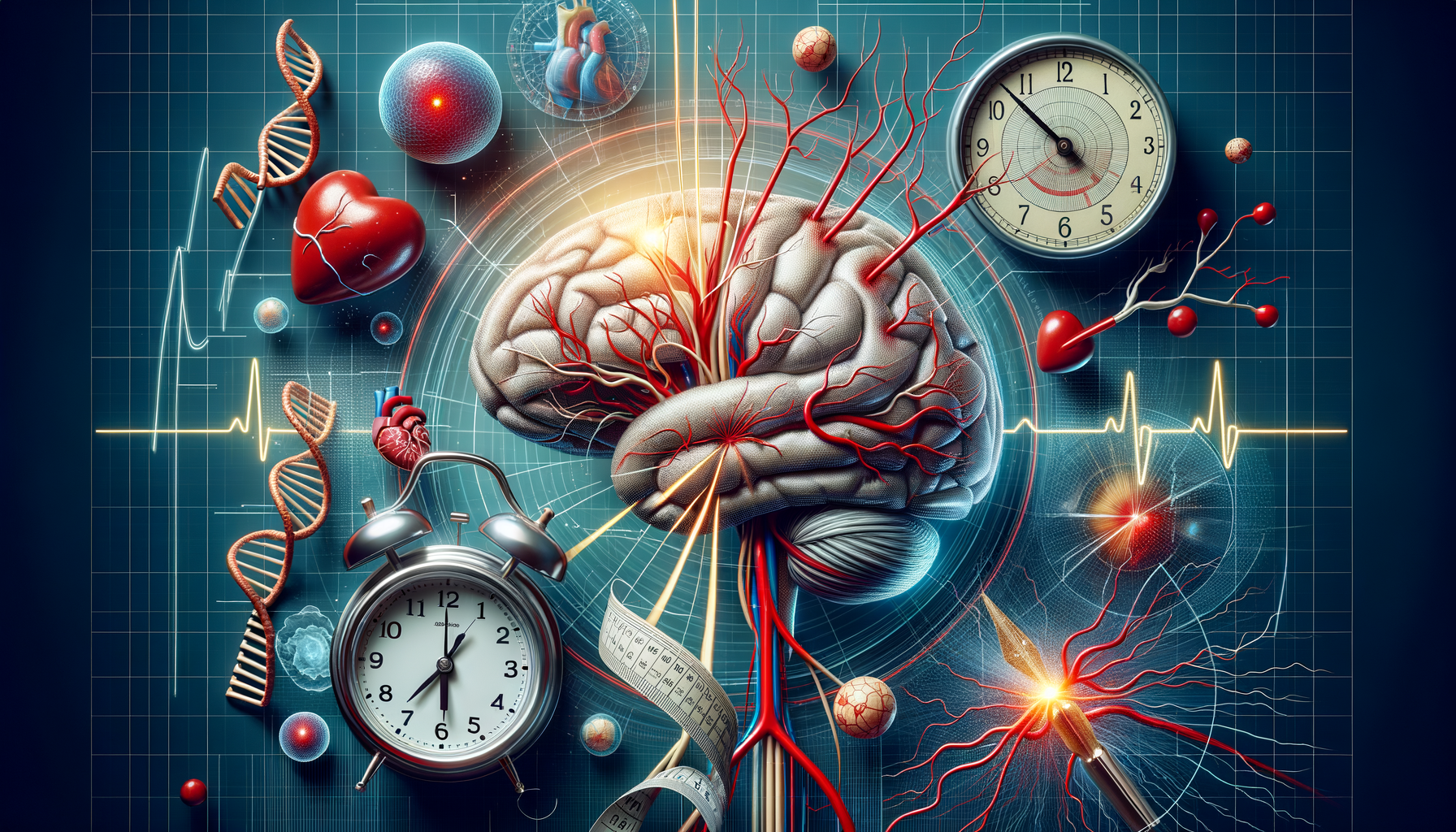Introduction: Recognizing Stroke Symptoms
Strokes are serious medical emergencies that require immediate attention. Recognizing the symptoms of a stroke can be a life-saving skill. The sudden onset of these symptoms often catches individuals off guard, making awareness and education vital. This article delves into the various stroke symptoms, their underlying causes, and the importance of swift medical intervention.
Understanding the Different Types of Strokes
Strokes can be broadly categorized into two main types: ischemic and hemorrhagic. An ischemic stroke, accounting for approximately 87% of all strokes, occurs when a blood clot blocks or narrows an artery leading to the brain. On the other hand, a hemorrhagic stroke happens when a blood vessel in the brain bursts, causing bleeding in or around the brain. Each type presents its unique set of symptoms, yet they share common warning signs.
Ischemic strokes often manifest through sudden numbness or weakness, especially on one side of the body. This can be accompanied by confusion, trouble speaking, or understanding speech. Vision problems in one or both eyes, difficulty walking, dizziness, and loss of balance or coordination are also common indicators.
Hemorrhagic strokes, while less common, can present more dramatic symptoms. These include a sudden, severe headache, nausea, vomiting, and a sudden loss of consciousness. Understanding these distinctions is crucial for identifying the type of stroke and determining the appropriate medical response.
Common Warning Signs and Symptoms
Recognizing the warning signs of a stroke is crucial for timely intervention. The acronym FAST is a helpful tool for remembering the key symptoms:
- Face drooping: One side of the face may droop or feel numb. Ask the person to smile to see if it appears uneven.
- Arm weakness: Check if one arm is weak or numb. Ask the person to raise both arms to see if one drifts downward.
- Speech difficulty: Listen for slurred speech or difficulty speaking. Ask the person to repeat a simple sentence to check for clarity.
- Time to call emergency services: If any of these symptoms are present, it is crucial to seek emergency medical help immediately.
Additional symptoms may include sudden confusion, trouble seeing in one or both eyes, difficulty walking, dizziness, and a sudden severe headache with no known cause.
Causes and Risk Factors of Stroke
Understanding the causes and risk factors of stroke can aid in prevention. Several conditions and lifestyle choices increase the risk of stroke, including high blood pressure, diabetes, smoking, and high cholesterol. Additionally, atrial fibrillation, a type of irregular heartbeat, significantly raises the risk of ischemic stroke.
Age and family history also play a role. Individuals over the age of 55, as well as those with a family history of stroke, are at higher risk. Certain demographic factors, such as gender and ethnicity, can influence stroke risk. For instance, men and individuals of African or Hispanic descent are more susceptible to strokes.
Preventative measures include maintaining a healthy lifestyle, managing underlying health conditions, and regular medical check-ups. These steps can significantly reduce the risk of stroke and improve overall health.
Conclusion: The Importance of Awareness and Quick Action
Stroke symptoms are critical indicators of a medical emergency, and recognizing them can lead to life-saving interventions. The key to minimizing the impact of a stroke lies in quick recognition and immediate medical response. By understanding the symptoms, types, and causes of stroke, individuals can be better prepared to act swiftly in the event of a stroke.
Awareness and education are essential components in the fight against stroke. Encouraging regular health screenings and promoting a healthy lifestyle can help reduce the incidence of strokes. Ultimately, being informed and prepared can make a significant difference in outcomes for individuals experiencing a stroke.




Leave a Reply